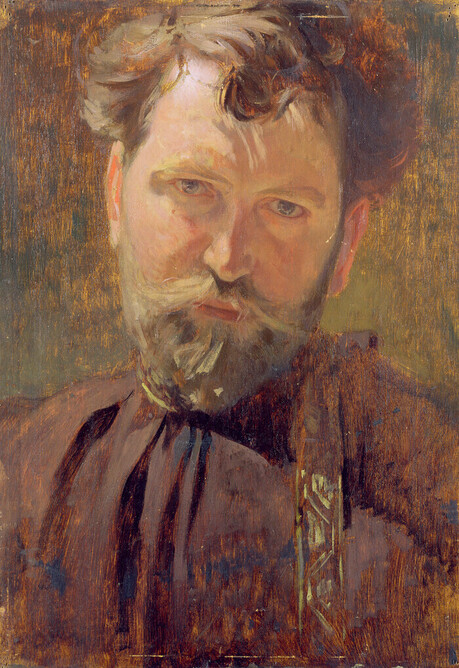Korea is moving to add two major documentary collections to UNESCO’s Memory of the World register — a pair of archives that capture how Korean women, scholars and activists wrote, protected and shaped their language through turbulent historical eras.
The bid centers on two contrasting but connected traditions: “Naebang-gasa,” a large body of domestic women’s literature spanning nearly two centuries, and a set of early modern Korean dictionary manuscripts created during the Japanese colonial period as part of the effort to safeguard the national language.
The Korea Heritage Service confirmed Monday that both nominations were officially submitted to UNESCO on Friday. A national committee selected the collections in September, and UNESCO’s International Advisory Committee will now begin reviewing the materials, with a final decision expected in the first half of 2027.
Women’s Voices from the Inner Chambers
Although the dictionary manuscripts reflect linguistic resistance, the Naebang-gasa corpus offers an entirely different lens: it records how ordinary Korean women experienced literacy, hardship and self-expression from 1794 to the late 1960s.
A total of 567 works, all written by women, survive. These texts — copied, sung and circulated across generations — reveal emotional resilience, domestic realities and forms of social critique rarely documented in official histories. The Korea Heritage Service noted that the manuscripts demonstrate how “women from diverse backgrounds built literary communities and acted as creators and transmitters.”
Interest in this body of work surged after a 2021 exhibition jointly organized by the National Hangeul Museum and the Korean Studies Institute. That momentum led to the collection’s inscription on UNESCO’s Asia-Pacific Regional Register in 2022. Recent surveys of regional holdings in Damyang, Andong, Sangju, Yecheon and Gimhae, together with support from nine academic institutions, enabled the expanded nomination for the global list.
The National Hangeul Museum added that bringing regional Korean-language heritage into national and international focus carries “significant meaning for the balanced development of culture.”
Dictionaries Written Under Suppression
In contrast, the second nomination highlights linguistic labor undertaken under threat. As the Japanese colonial government strengthened control over Korean society, many intellectuals feared the gradual erasure of the Korean language. Their response was to document and codify it.
Central to this nomination is the sole surviving volume of “Malmoe,” compiled between 1910 and 1912 by pioneering linguist Ju Shi-gyeong and his student Kim Du-bong. It reflects early attempts to modernize Korean lexicography at a time when scholars debated how to unify and preserve the national language.
Also included are 18 manuscript volumes of “The Comprehensive Korean Language Dictionary,” held today by the Korean Language Society, the Independence Hall of Korea and the Dongsung Academy Foundation. These materials, dating from the 1930s to 1942, expanded on the groundwork laid by Malmoe and documented evolving Korean usage during a politically repressive period.
The Korea Heritage Service emphasized that the manuscripts illuminate “the movement to preserve the mother tongue and establish national identity,” and show how Korean gradually shifted from Chinese-character-based writing to the widespread use of hangul, broadening literacy and educational access.
Building on a Legacy of Record Preservation
UNESCO launched the Memory of the World program in 1997 to protect irreplaceable records such as archives, manuscripts and rare books. That same year, Korea’s first inscriptions — including the “Hunminjeongeum” and “The Annals of the Joseon Dynasty” — entered the register.
With the recent addition of the Jeju 4.3 Archives and the nation’s forest restoration archives, Korea currently has 20 items listed. If approved, the new nominations would underscore Korea’s deep documentary tradition while highlighting the intertwined histories of gender, language and national identity.
SayArt.net
Maria Kim sayart2022@gmail.com









